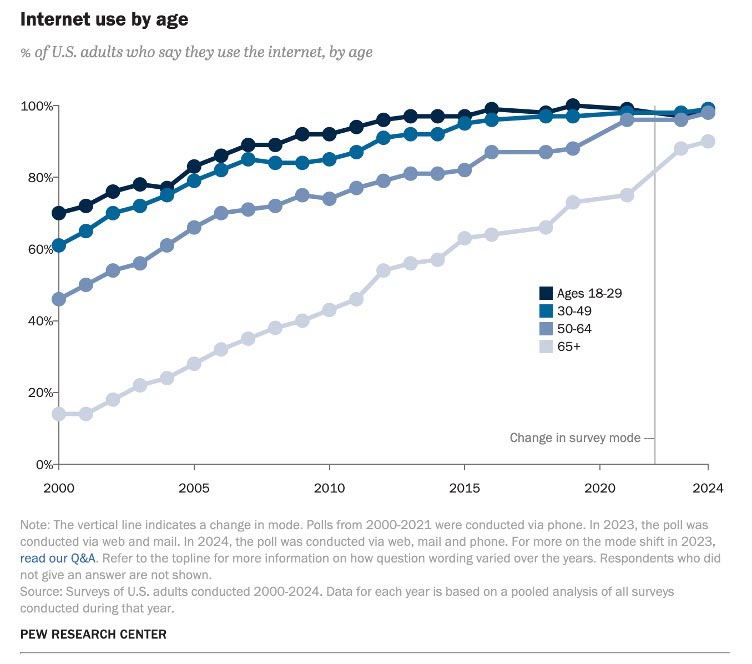With video one of the hottest trends in marketing, and with 84% of consumers saying that watching videos has convinced them to make a purchase, the role of advising customers on the use of video (or even offering video services yourself) has the potential to add real value to the consultative partnership between printers and their customers.
But video can be expensive, and not everyone has access to a studio. So what about AI-generated video? Is that a good option? It can be, but like AI-generated images, there is a learning curve, and AI is not going to be the right fit for everything.
Plus, developing the expertise in creating AI video isn’t necessarily cheap. In addition to the learning curve (if creating AI images is complicated and somewhat uncertain, how much more so is video?), AI video still requires creation of the various components and the expertise to combine them in a way that creates the desired end result.
Time is money, right? So is it worth it? And to whom?
To answer these questions, Idomoo, which offers a platform for creating personalized, interactive video, commissioned a market study of 2,008 U.S. and U.K. consumers in January 2024. The study was conducted by independent research firm Atomik Research. Idomoo recently shared “exclusive, never-before-published” data with Marketing Sherpa about what different age groups feel about AI video. Subsequently, Marketing Sherpa reached out to marketers and entrepreneurs in different generations to get some personal perspectives as well.
Millennials and Gen Z: All About that AI
According to the research, both Millennials and Gen Zs are either “very interested” or “open to receiving” AI-generated video from brands. This includes 78% of Millennials and 76% of Gen Zs, with a margin of error of two points. (In other words, there is no statistical difference between them.) However, more Millennials were “very interested” in AI video compared to Gen Zs (38% compared to 32%).

Notably, Marketing Sherpa’s write-up does not define what “interested” means. Does it mean that respondents want to see AI video over traditional video? Or is it just curiosity about AI video might look like? Once they experience it, would the numbers change based on what they see? If it’s high quality, would their interest settle into the same level as regular video? (“I don’t care how it’s produced as long as it’s interesting and relevant to me.”) If it’s lower quality than expected, would the numbers drop?
Regardless, interest is high, at least initially. Notes Marketing Sherpa: “[We] expect brands to adopt AI video as an integral part of their content strategy much more rapidly than with other media, like legacy video for example. The reason for this is that not only are their most desired audiences craving it, but the technology itself makes it easy to generate quality, usable content at scale.”
Less Expensive Compared to What?
Of course, we must ask: Less expensive compared to what? Throughout the analysis, MECLABS and the authors of the survey refer to AI-generated video as costing “less,” but how is that defined? If you are comparing AI-generated video to video that “costs millions of dollars and [requires] hundreds of work hours,” which large budget videos can do, then sure. But if you are comparing them to the smaller budget videos produced by most small and mid-sized companies (where iPhone videos are often perfectly acceptable), then they probably aren’t.
Especially when you consider that AI-generated videos still require traditionally created components and the expertise necessary to combine them. That’s not something you can do on the cheap.
What AI video producers love about this process is that, once you’ve passed the learning curve and know how to generate high-quality AI videos, it makes it that much easier to personalize or customize the video to individuals or different audiences at scale. This, in turn, leads to higher engagement rates.
But two little words are important: “at scale.”
There Is Indifference, Too
Notably, however, 11% of Gen Z respondents and 15% of Millennials were “indifferent” to receiving AI-generated videos. Noted one: “AI is unable to create an emotional appeal in an ad or message because AI is unable to process and comprehend the complexity of human emotions.” More than one-third (38%) of Baby Boomers and 57% of the Silent Generation don’t want to receive AI videos at all.
Even if they embrace AI-generated content, most respondents still want the transparency of knowing that the video was generated using AI (at least for now). More than three-quarters (77%) of Gen Zs and 72% of Millennials want to know if a video is AI-generated.

"I would like to know when AI will be used. AI is still so new that brands don’t know how to proceed, but full transparency is the best way forward,” says Michael Nemeroff, Cofounder & CEO, RushOrderTees, who describes himself as an “elder Millennial” and is cited in the MECLABS report.
Ironically, Baby Boomers and the Silent Generation, who are the least likely to embrace AI-generated video, are also the least likely to care whether they know whether a video is generated by AI or not. Speaking for her generation, “If the message and visuals are clear and engaging, I don't care,” said Besty Kent, president of Be Visible, a Baby Boomer, cited in the report.
So what is a printer or marketer to do? Experiment, of course! Investigate the tools, try them out, and see how they fit as part of your larger business strategy. Even if you don’t end up creating videos for your clients, it’s best to be in the know about how they work, what the pros and cons are, and be in a position to provide the insight that your clients will need to help them move forward…or not.









